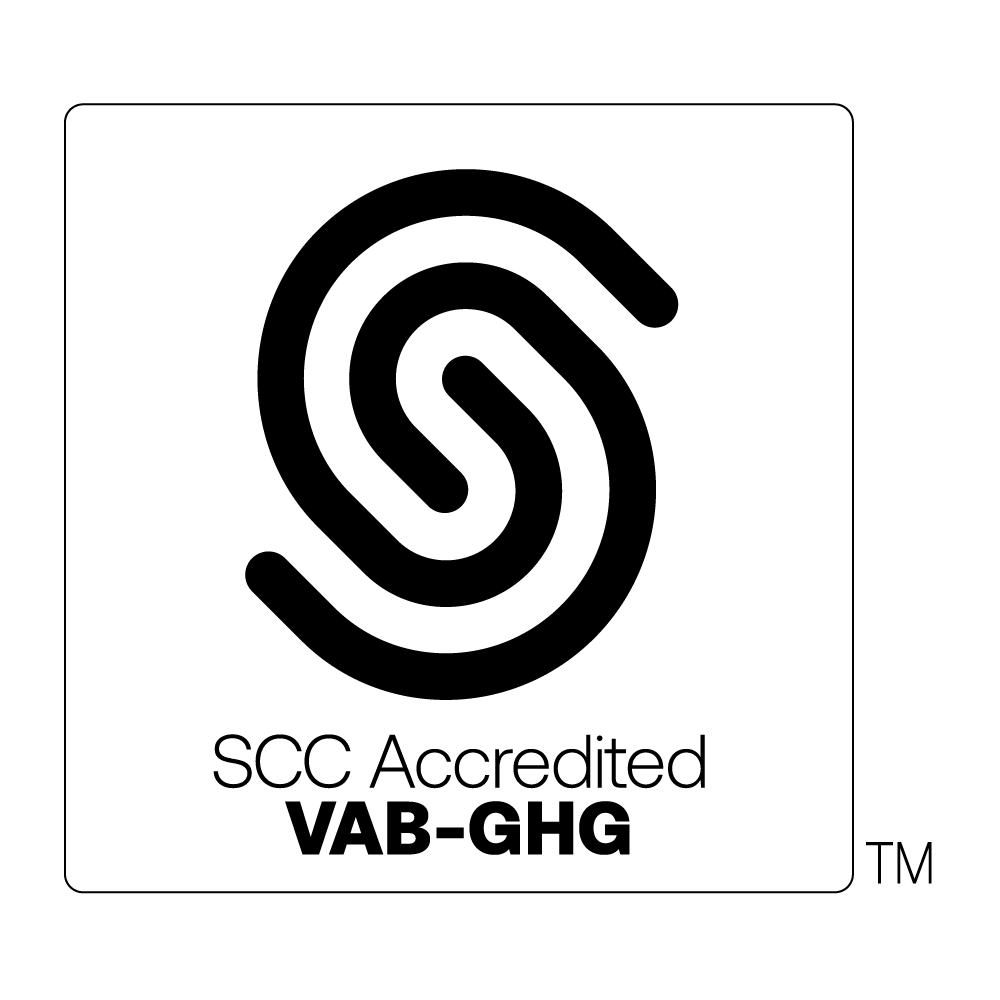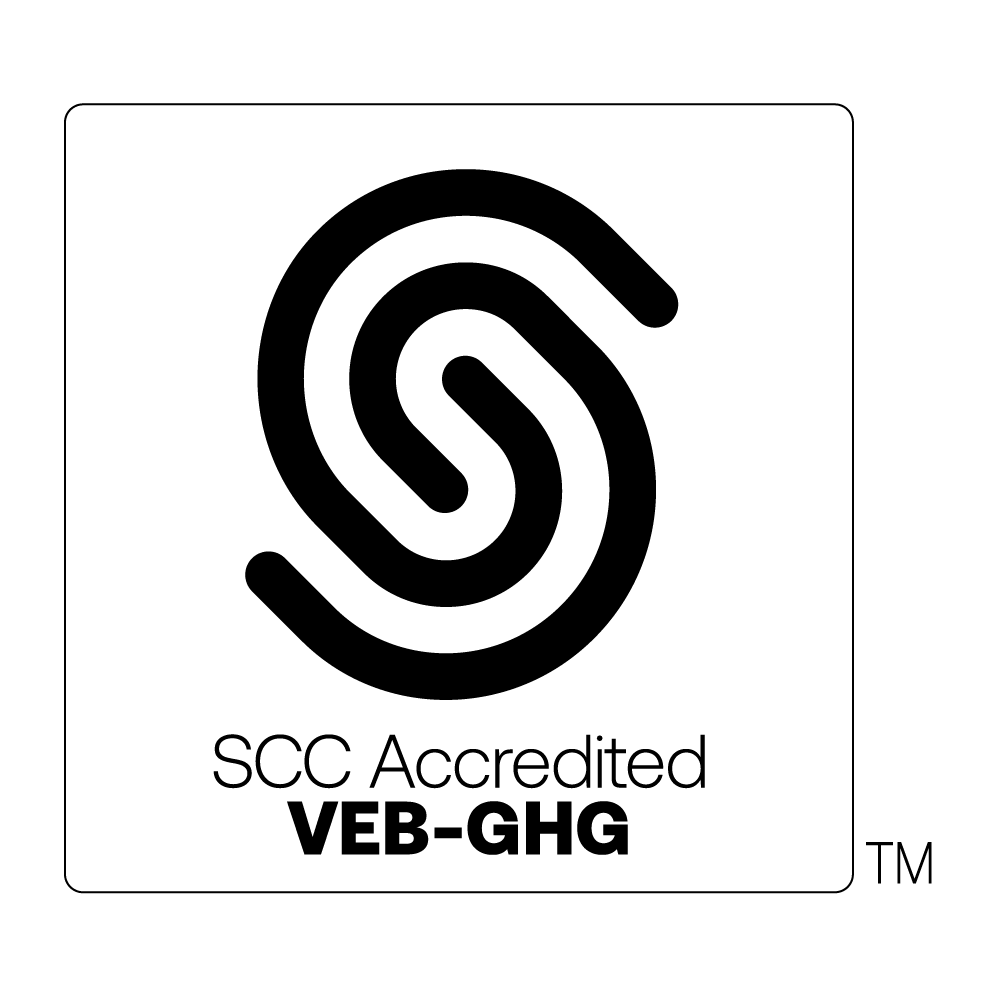“The secret of getting ahead is getting started” according to Mark Twain.
Where do you start? Assess your organization’s baseline.
What is your organization? Is it strictly the owned part only or does it encompass the entire supply chain? Do you focus on a particular geography or do you include global relationships?
How do you assess your baseline? The ISO 14064 series of standards is often at the heart of your GHG inventory, or your carbon footprint. Your carbon footprint shows details about your organization such as:
- your relative contribution – is it large or small?
- whether your organization is energy and carbon-intensive or not
- the sources and fuels used that contribute to your carbon footprint
- opportunities for improvement and cost savings from the transition
- which suppliers contribute the most to your greenhouse gas footprint
- how exposed your value chain is to greenhouse gas mitigation policies and regulations from governments in the marketplace (known as transitional risks).
Does your carbon footprint matter? Yes. For example, in Canada, federal regulators have mandated reporting if your footprint exceeds 10,000 t CO2e/year. Federal and Provincial regulators have moved to mandate third-party GHG verifications of these GHG reports even as low as 5,000 t CO2e and even less in some jurisdictions. There can be significant financial implications associated with your carbon footprint. Choices that affect your carbon footprint will lead to winners and losers.
Green Sky Sustainability empowers organizations to capture climate change opportunities.
Join in the fun #GSSChallenge: The “Theme of the Week” is: “What is in your Eco Toolkit?”






